
Projects
Projects
-
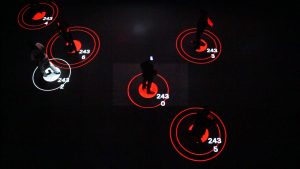
Deepandemia / DeepChanges
With immersive VR simulations in the VR environment of Deep Space 8K, the Ars Electronica Futurelab aims to vividly convey scientific knowledge and inspire reflection and discussion: Deepandemia visualizes the COVID-19 infection chain in simulated everyday environments to virtually test how individual behavior can affect the worldwide pandemic.
-

School of the Future Festival 2020: Dappi
The School of the Future Festival 2020—a cooperation between Ars Electronica and TOKYO MIDTOWN—took place from February 20th to February 24th 2020 in Tokyo, Japan.
-
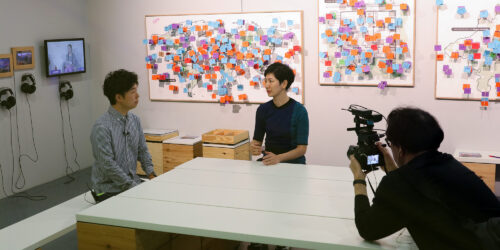
Art Thinking Initiative
Ars Electronica x Hakuhodo
Art Thinking Initiative (ATI) is a joint consulting program between Hakuhodo and Ars Electronica Futurelab to incorporate the method of Art Thinking into the management and R&D of companies, research institutions, and government organizations. Hakuhodo is a leading communication design and marketing solutions company in Japan with its core philosophy centered on People Thinking. Since…
-

The Translucent St. Stephen’s Cathedral
As part of the European R&D project Immersify, the data from spatial measurement of St. Stephen in Vienna with more than 21 billion laser points was converted into a translucent representation of the cathedral. The result is an innovative interactive and immersive journey through the building in stereoscopic 8K, an experience in the Ars Electronica…
-
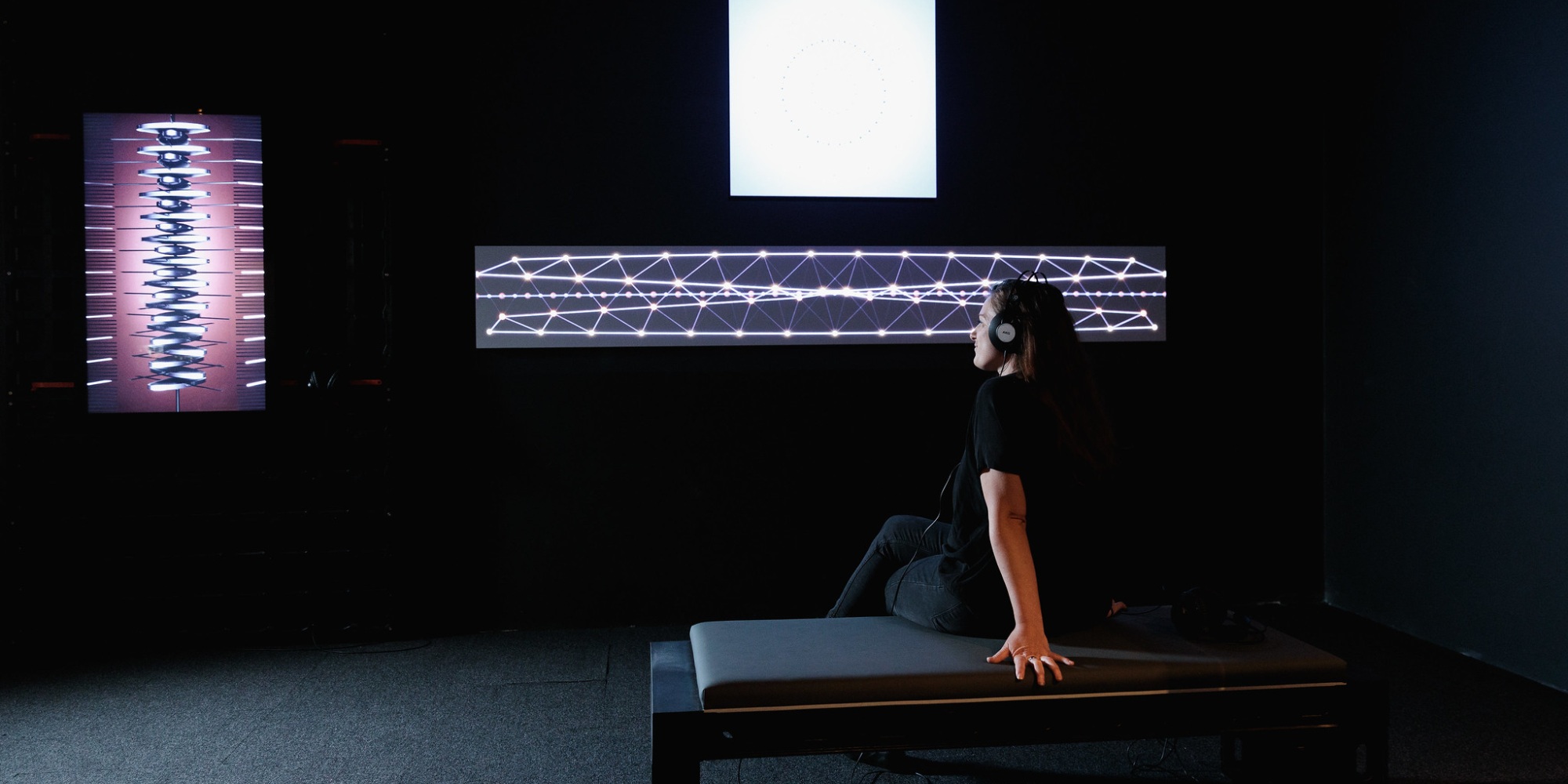
AI x Music
Exhibition at the Ars Electronica Center
The potential of artificial intelligence in musical applications has been demonstrated by various projects in recent years. Modern AI can certainly be seen as another step towards expanding musical possibilities through the use of technology.
-
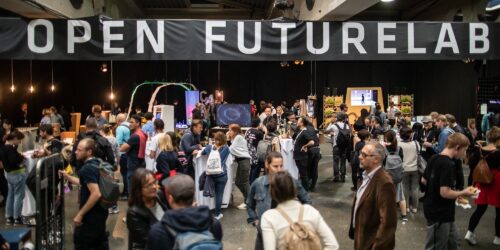
Open Futurelab 2019
The festival site at POSTCITY in Linz was used as a stage for Open Futurelab until 2019. Created with the Japanese public broadcasting company NHK, Media Platz was a prototype of an open media plaza consisting of cardboard and high-resolution screens, which was used as a forum for public debate. Various panel discussions took place…
-

Future Citizen @ Matsudo City International Science Art Festival
From November 16th to 17th 2019, the Ars Electronica Futurelab contributed to the International Science Art Festival in Matsudo, Japan, for the second time – with an “Ars Electronica Salon” on the theme of “Future Citizen”.
-
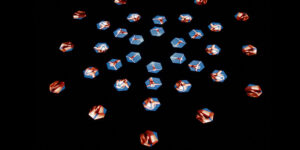
Fluxels
Choreographed swarm of ground robots as a medium of art
Fluxels is a play on words inspired by an association of Spaxels, “Fluxus” and the aesthetic quality of swift, fluid movement. It is the name for a ground robot platform developed in the Ars Electronica Futurelab, conceived for swarm bot performances as part of a collaboration with NTT.
-
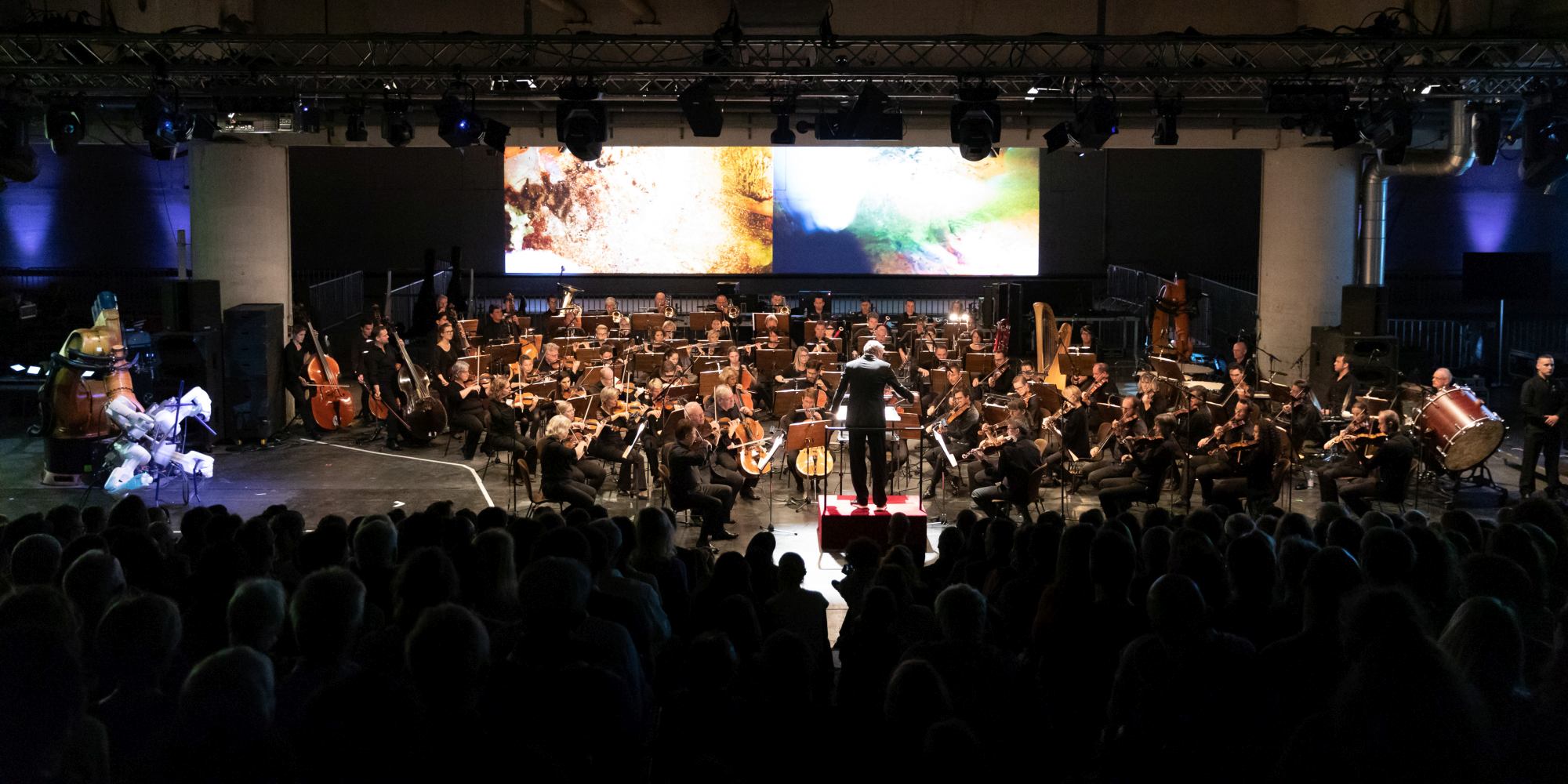
Mahler-Unfinished
Music made by man and machine: For the Big Concert Night at the 2019 Ars Electronica Festival, Ali Nikrang, Key Researcher at the Ars Electronica Futurelab, added to Gustav Mahler’s unfinished Tenth Symphony – together with an artificially intelligent algorithm.
-
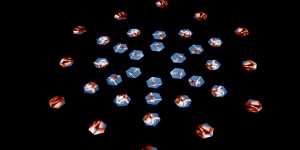
Swarm Arena @Miraikan
In the beginning, there was a shared research interest: How can swarm-based technology be embedded in everyday media use and what new possibilities of communication or artistic expression does it offer as a visual medium? The Japanese telecommunications company NTT and the Ars Electronica Futurelab have been investigating these questions since 2017 and have repeatedly…
-

Rotax MAX Dome
In collaboration with BRP Rotax, the Ars Electronica Futurelab created an experience of the latest technologies in the field of digital gaming worlds and analog machine technology. In the Rotax MAX Dome, opened in 2019, visitors can test the engine manufacturer’s new e-karts on a sophisticated racetrack, race through virtual worlds and experience specially developed…
-

Jobs of the future in an automated mobility environment
What does our road traffic look like when automation becomes reality? How does a traffic policewoman work in a world where cars drive themselves? What does a driving instructor do when you no longer need a driver’s license?